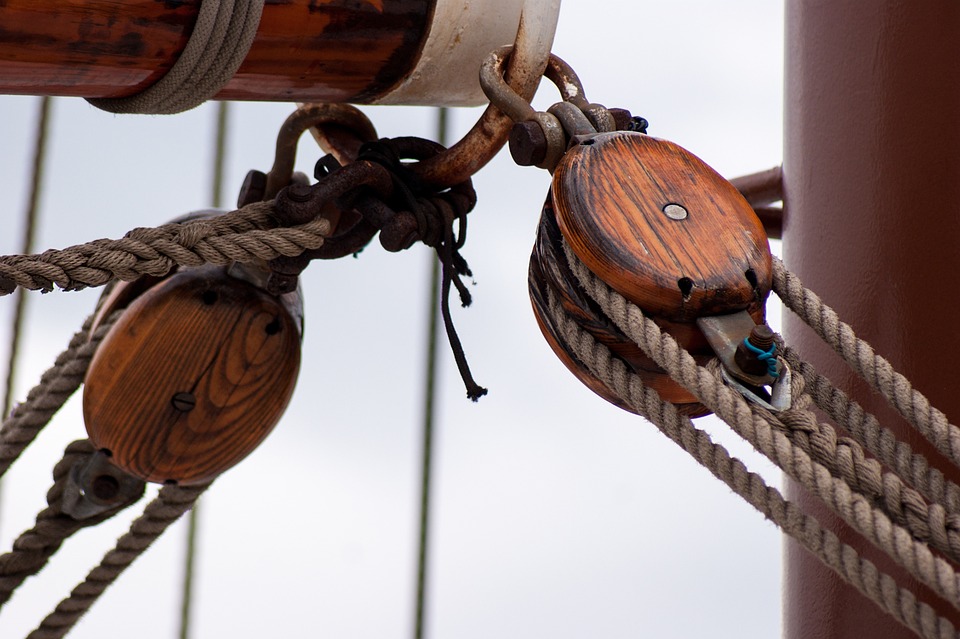The Evolution of Romantic Roles: From Traditional to Modern
From the days of courtly love to modern dating apps, the concept of romantic relationships has undergone significant changes over the centuries. In this article, we will explore the evolution of romantic roles from traditional to modern times, examining how societal norms and cultural shifts have shaped our perceptions of love and romance.
Traditional Romantic Roles
In traditional societies, romantic roles were often based on strict gender norms and expectations. Men were expected to be the providers and protectors, while women were expected to be homemakers and caretakers. Courtship rituals were highly structured, with chaperones and arranged marriages playing a prominent role in matchmaking.
One of the most enduring romantic roles from traditional times is that of the knight in shining armor and the damsel in distress. This archetype, popularized in medieval literature and fairy tales, portrays men as strong and heroic saviors who rescue vulnerable women in need of protection.
Changing Roles in the 20th Century
The 20th century saw significant shifts in romantic roles as women gained more rights and opportunities in society. With the rise of feminism and the women’s liberation movement, traditional gender roles began to be challenged and redefined.
Women entered the workforce in greater numbers and started to assert their independence in relationships. The concept of the nuclear family, with a breadwinning husband and a stay-at-home wife, became less common as dual-income households became the norm.
Popular culture also played a role in shaping romantic roles in the 20th century. Hollywood films and romance novels portrayed more complex and nuanced relationships, with characters who defied traditional gender stereotypes and expectations.
The Rise of Modern Romance
In the 21st century, romantic roles have continued to evolve as society becomes more diverse and inclusive. LGBTQ+ relationships have gained greater visibility and acceptance, challenging conventional notions of what constitutes a “normal” romantic partnership.
Technology has also had a profound impact on modern romance, with dating apps and social media platforms redefining how people meet and connect with potential partners. The idea of finding a soulmate through a swipe on a screen would have been unimaginable to previous generations.
Gender roles in relationships have become more fluid and flexible, with partners sharing responsibilities and decision-making in a more egalitarian manner. The notion of a “power couple,” where both individuals contribute equally to the partnership, has become increasingly desirable.
Challenges and Opportunities
While the evolution of romantic roles has led to more freedom and autonomy in relationships, it has also presented new challenges and complexities. The pressure to live up to romantic ideals portrayed in the media can create unrealistic expectations and dissatisfaction in real-life partnerships.
Communication and mutual respect are key components of healthy relationships, regardless of the era or cultural context. Being able to express one’s needs and desires openly, and being willing to listen and compromise, are essential skills for navigating the complexities of modern romance.
Ultimately, the evolution of romantic roles reflects the changing values and priorities of society as a whole. As we continue to progress and evolve, our understanding of love and relationships will also continue to evolve, shaping the way we interact with others and form meaningful connections.
Conclusion
In conclusion, the evolution of romantic roles from traditional to modern times has been a reflection of broader societal changes and cultural shifts. As we move forward into an uncertain future, it is important to remember that love and romance are timeless concepts that transcend eras and trends.
By embracing diversity and inclusivity, and by fostering open and honest communication in our relationships, we can create a more fulfilling and harmonious world where love knows no bounds.
